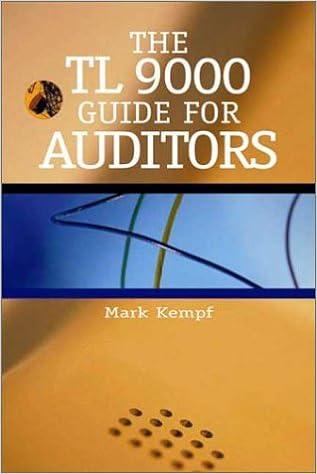Question
The following list summarizes the transactions that took place during a start ups first year of operations. Using the information below, prepare a list of
The following list summarizes the transactions that took place during a start ups first year of operations. Using the information below, prepare a list of the appropriate journal entries, including any necessary adjusting entries, and create a Balance Sheet and Income Statement. Once you have created the financial statements, provide the appropriate closing entries. The startup uses straight line when depreciating longterm assets and a perpetual inventory system.
Transactions and information for the year:
-
Jan 1st, issued 500 shares of common stock ($0.50 par value) for $5000.
-
Feb 1st, paid $2500 to purchase land.
-
Feb 28th, issued 100 shares of preferred stock ($100 par value) for $20,000.
-
June 30th, paid $75,000 for a building (estimated useful life of 40 years; salvage
value = $5,000) by signing a 5 year Note Payable, promising to pay 5% interest at
the end of each of those 5 years (i.e. on June 30th of each year).
-
July 1st, purchased 400 units of inventory at $15 each. $1,000 was paid in cash, the
rest was on account.
-
July 30th, sold 120 units of inventory for $63 each on account.
-
Aug 2nd, incurred $450 of wages expense.
-
Aug 5th, collected $2500 of accounts receivable.
-
Aug 31st, paid $200 of wages payable.
-
Sept 4th, paid $1600 of accounts payable.
-
Dec 31st, incurred and paid $2,000 of utilities expense.
-
Dec 31st, Purchased a patent for $20,000. The patent has a 20year useful life and no
residual value.
-
Estimated tax rate is 35%.
Step by Step Solution
There are 3 Steps involved in it
Step: 1

Get Instant Access to Expert-Tailored Solutions
See step-by-step solutions with expert insights and AI powered tools for academic success
Step: 2

Step: 3

Ace Your Homework with AI
Get the answers you need in no time with our AI-driven, step-by-step assistance
Get Started


